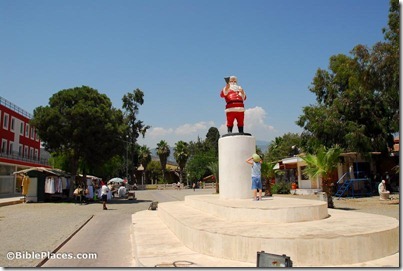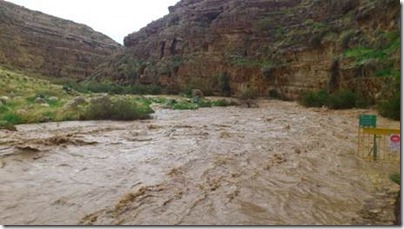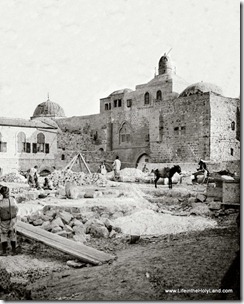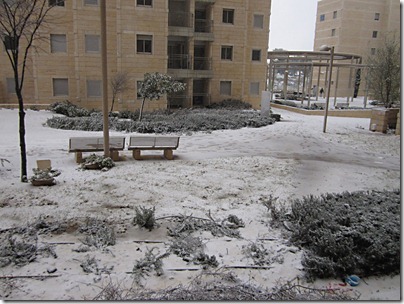For photos of Jerusalem in the snow, check out the Jerusalem Post and Shmuel Browns’ post. Aren Maeir has some night photos of the city in the snow. SourceFlix has a 30-second time-lapse from the Mount of Olives. The Sea of Galilee rose 30 inches last week, with 20 more expected as rivers drain into the lake.
Biblical Archaeology Society posts its Top 20 Biblical Archaeology Events and Discoveries of 2012.
Archaeologists in Egypt have found ancient tombs underneath the mortuary temple of Amenhotep II.
Excavations are revealing ancient Myra, a city famous for St. Nicholas, but also visited by the apostle Paul (Acts 27:5). If The New York Times had looked the verse up, they might have avoided an error.
Haaretz has two “Tourist Tip” stories that are not restricted to subscribers. One is about Muhraqa on Mount Carmel and the other the City of David.
If you’ve never heard of Lake Jerusalem, you might check out Arutz-7’s story and find out why it was a bust. (It’s in the news this week because the storm filled it up.)
For stories in the broader world of archaeology, check out the roundup at the ASOR Blog.
Faithlife Tours is giving away a free tour of Israel.
HT: Jack Sasson





